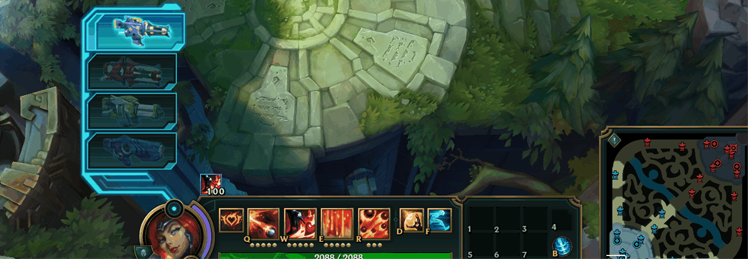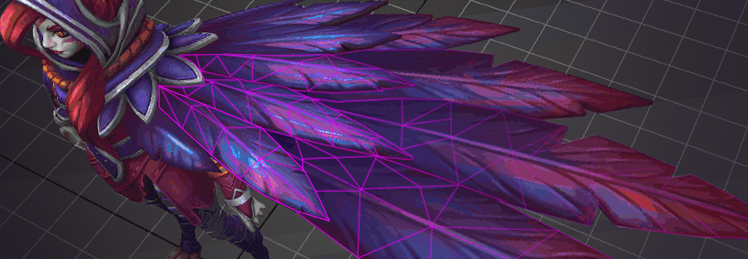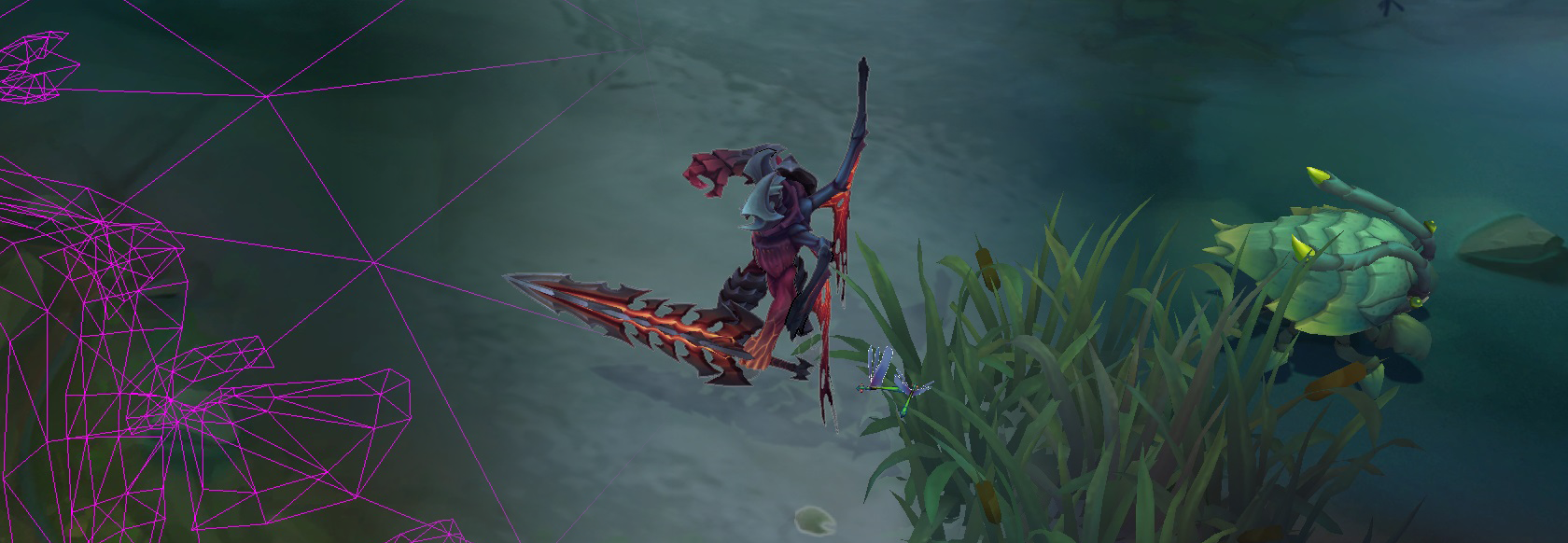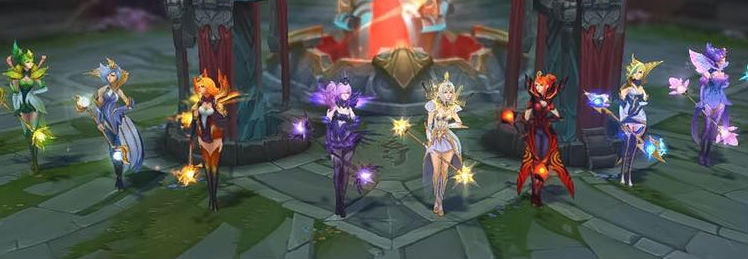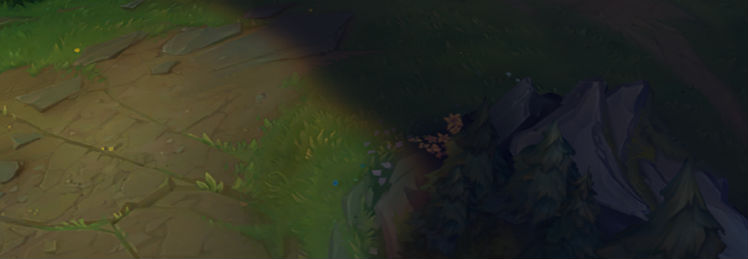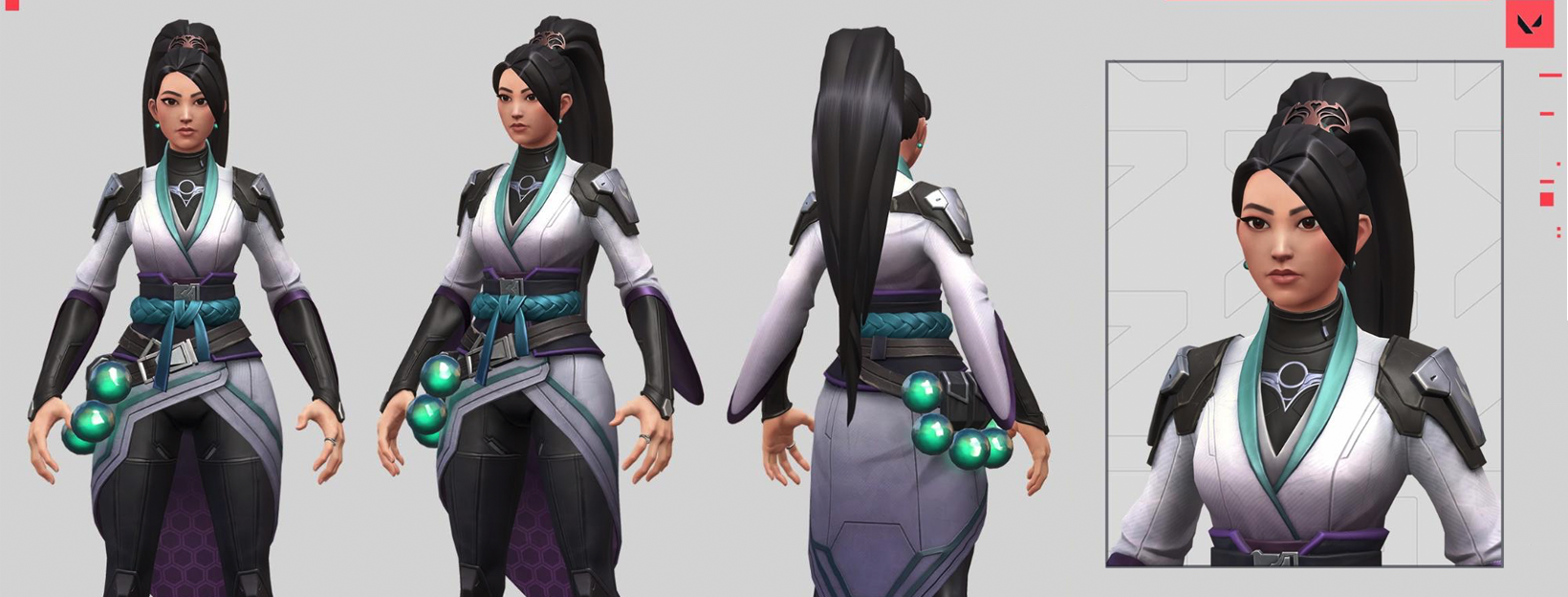
VALORANT Shaders and Gameplay Clarity
Hi, I’m Brandon “mochi” Wang, a software engineer on VALORANT’s Content Support team. I’m specifically going to focus on shaders, which are an essential part of computer graphics, my area of expertise. Shaders are the programs behind what most people consider a game’s graphics - how a program running on your GPU takes in scene/game data and creates the pixels seen on screen. I’m excited to talk about this because the intersection of engineering, art, and design is a personal passion of mine.

